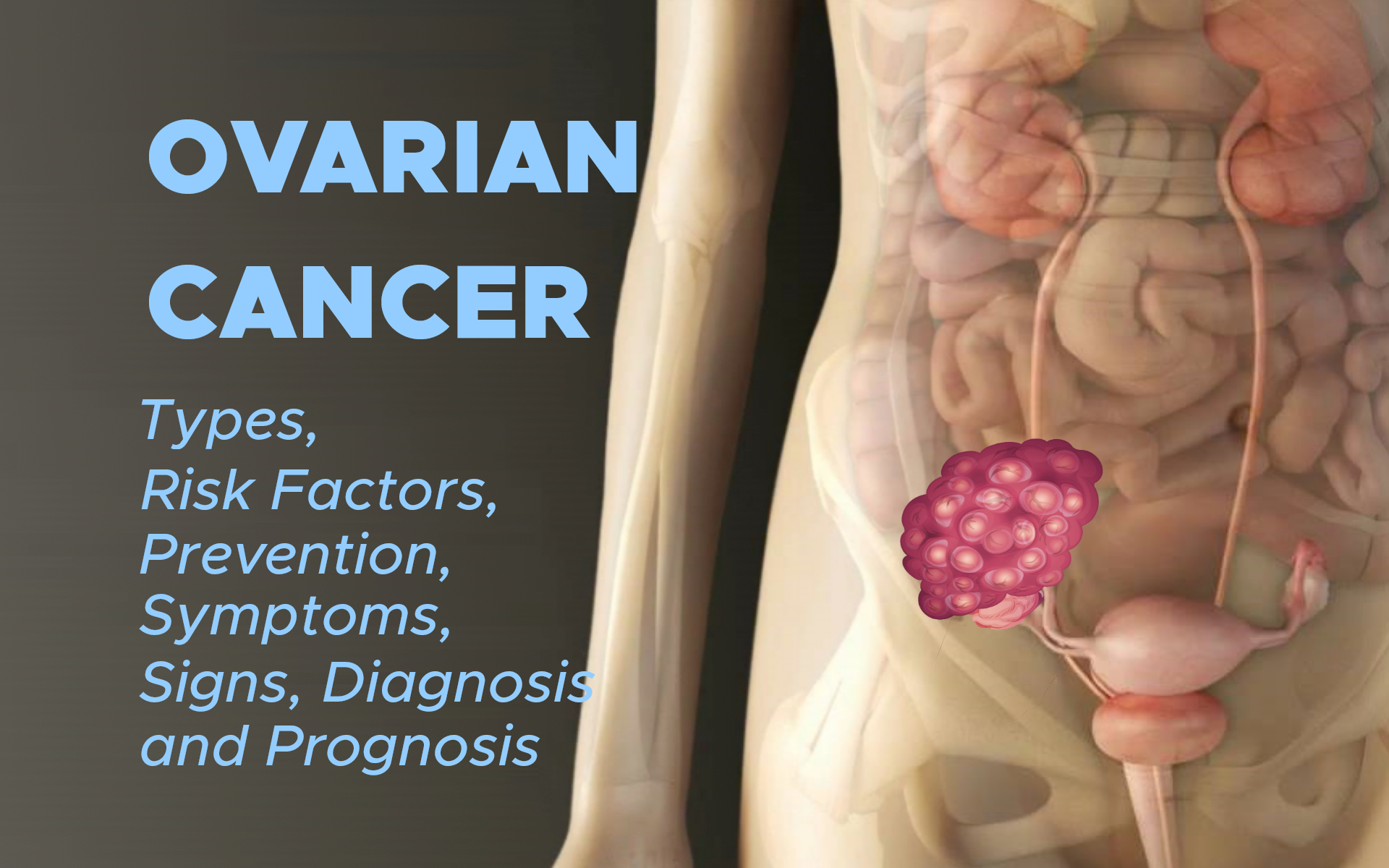
Ovarian Cancer: Statistics and Prognosis
Stage based prognosis and statistics of ovarian cancer
Statistics and Prognosis of the Ovarian Cancer
This year, an estimated 21,410 people in the United States will be diagnosed with ovarian cancer. The vast majority of these cases (90%) are high-grade serous ovarian cancers (HGSC), which begin in a fallopian tube.
From the mid-1980s to 2017, the number of new cases decreased by 1% to 2% each year. One reason for this decrease may be related to the decline in the use of hormone replacement therapy after a 2002 publication linked hormone replacement therapy to breast cancer risk, with later data showing an association with ovarian cancer.
The decrease may also be related to more women having their fallopian tubes removed. Ovarian cancer is more common in white women than in Black women.
Combined, cancer of the ovaries, fallopian tubes, and peritoneum are the fifth most common cause of cancer-related death in women in the United States. The death rate declined by around 2% each year from 2009 to 2018. This decline in the death rate is mostly due to advances in treatment.
The 5-year survival rate tells you what percent of people live at least 5 years after the cancer is found. Percent means how many out of 100.
The 5-year survival rate for people with all types of the ovarian, fallopian tube, and peritoneal cancers is 49%. However, the rate varies widely depending on the person’s age, as well as the stage, cell type, and grade of cancer.
Survival rates are also improved when debulking surgery is performed by a gynecologic oncologist instead of a gynecologist or general surgeon. The 5-year survival rate for women younger than 65 is 61%, compared with 32% for women age 65 and older.
If ovarian cancers are diagnosed and treated before they spread outside the ovaries and tubes, the general 5-year survival rate is 93%.
Approximately 16% of women with epithelial ovarian are diagnosed at this stage. If cancer has spread to surrounding tissues or organs, the 5-year survival rate is 75%. If cancer has spread to a distant part of the body, the 5-year survival rate is 30%. Approximately 58% of women are diagnosed at this stage.
It is important to remember that statistics on the survival rates for people with ovarian, fallopian tube, and peritoneal cancer are an estimate. The estimate comes from annual data based on the number of people with these cancers in the United States.
Also, experts measure the survival statistics every 5 years. So the estimate may not show the results of better diagnosis or treatment available for less than 5 years.
